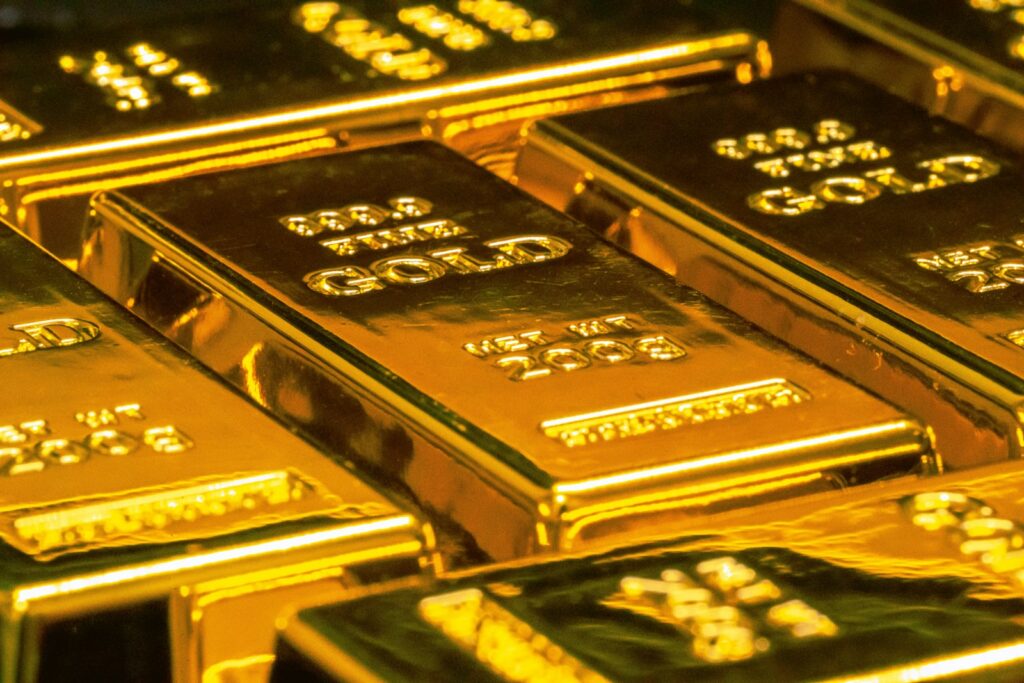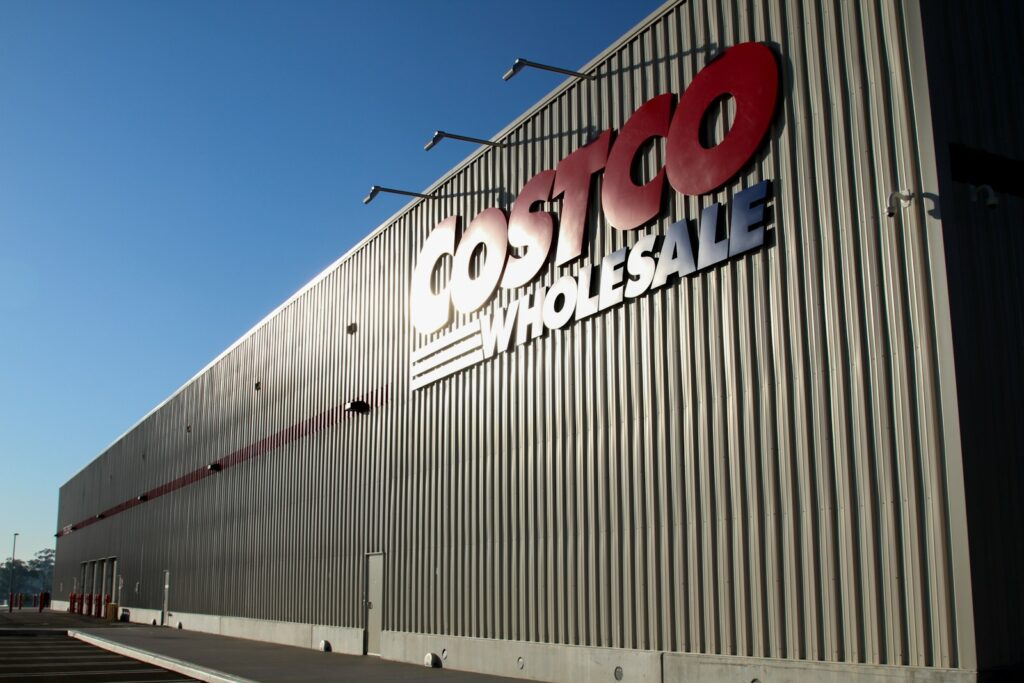Main Points:
- Costco has seen unprecedented demand for gold bars, with 77% of stores selling out by early October.
- Economic instability and inflation are driving consumers to view gold as a secure asset.
- Costco’s competitive pricing and rewards for members enhance its appeal for gold buyers.
- The rise in demand reflects gold’s historical reputation as a safe-haven asset during uncertain times.
- Though Costco’s sales volume is modest, its impact could be meaningful for consumer gold accessibility.
As inflation rates climb and economic concerns continue to dominate the global landscape, more people are turning to gold as a means of preserving wealth. Reflecting this growing sentiment, Costco, the U.S.-based wholesale retailer, has become a surprising source for gold bullion, experiencing surging demand among its members. Recent reports indicate that 77% of Costco stores offering gold bars sold out by early October, signifying an unprecedented rush to acquire the precious metal.
The Appeal of Gold in an Uncertain Economy
Gold is often viewed as a safe-haven investment, providing stability when economic conditions become turbulent. With inflation rising and many questioning the stability of the U.S. dollar, consumers are increasingly drawn to assets like gold that are seen as a store of value. This sentiment has fueled an increase in gold prices, leading individuals across the country to purchase gold bars as a hedge against these economic fluctuations.
Costco’s Competitive Edge: Lower Prices and Member Rewards
Unlike traditional precious metal dealers, Costco offers gold at a competitive price point. Additionally, the company’s membership rewards program allows loyal customers to earn up to 4% cashback on purchases, adding an extra incentive to buy gold from the retailer. This pricing strategy, combined with the ease of purchase at a familiar location, makes Costco an attractive option for those looking to diversify their investment portfolios.
Who Are Costco’s Gold Buyers?
Costco’s gold-buying clientele consists of individuals who appreciate both the convenience and the long-standing value of gold. For instance, some customers, such as New Jersey’s Saurav Sethia, receive notifications when gold bars are back in stock, allowing them to time their purchases with favorable price adjustments. This customer segment is largely composed of those interested in practical investment strategies without the complexity of traditional financial markets.

A Growing Trend Among Mainstream Consumers
Costco’s decision to sell gold reflects a broader trend: mainstream consumers increasingly seek accessible ways to invest in assets typically reserved for institutional or high-net-worth individuals. By bridging the gap between consumer goods and precious metal investments, Costco has introduced a new demographic to the world of gold ownership. This trend could have long-term effects, as retail buyers may continue to support the market, contributing to sustained demand.
Can Costco Influence the Gold Market?
While Costco’s impact on overall gold prices remains minimal due to its relatively modest sales volume, experts suggest that the retailer’s success highlights an enduring demand for gold. Nikki Shields, head of metals strategy at MKS PAMP, notes that Costco’s introduction of a new group of retail gold buyers could contribute to a stable market base. This consumer shift aligns with the rising spot prices of gold, reinforcing its role as an accessible asset class for wealth preservation.
The surge in gold sales at Costco underscores a larger economic narrative: when uncertainty rises, so does the appeal of tangible assets like gold. By offering gold bars at competitive prices, Costco has not only met the needs of concerned consumers but has also democratized access to precious metals. For many, this represents a straightforward way to secure their assets in a volatile economy, and as long as inflation and economic instability persist, demand for gold is likely to remain high.


